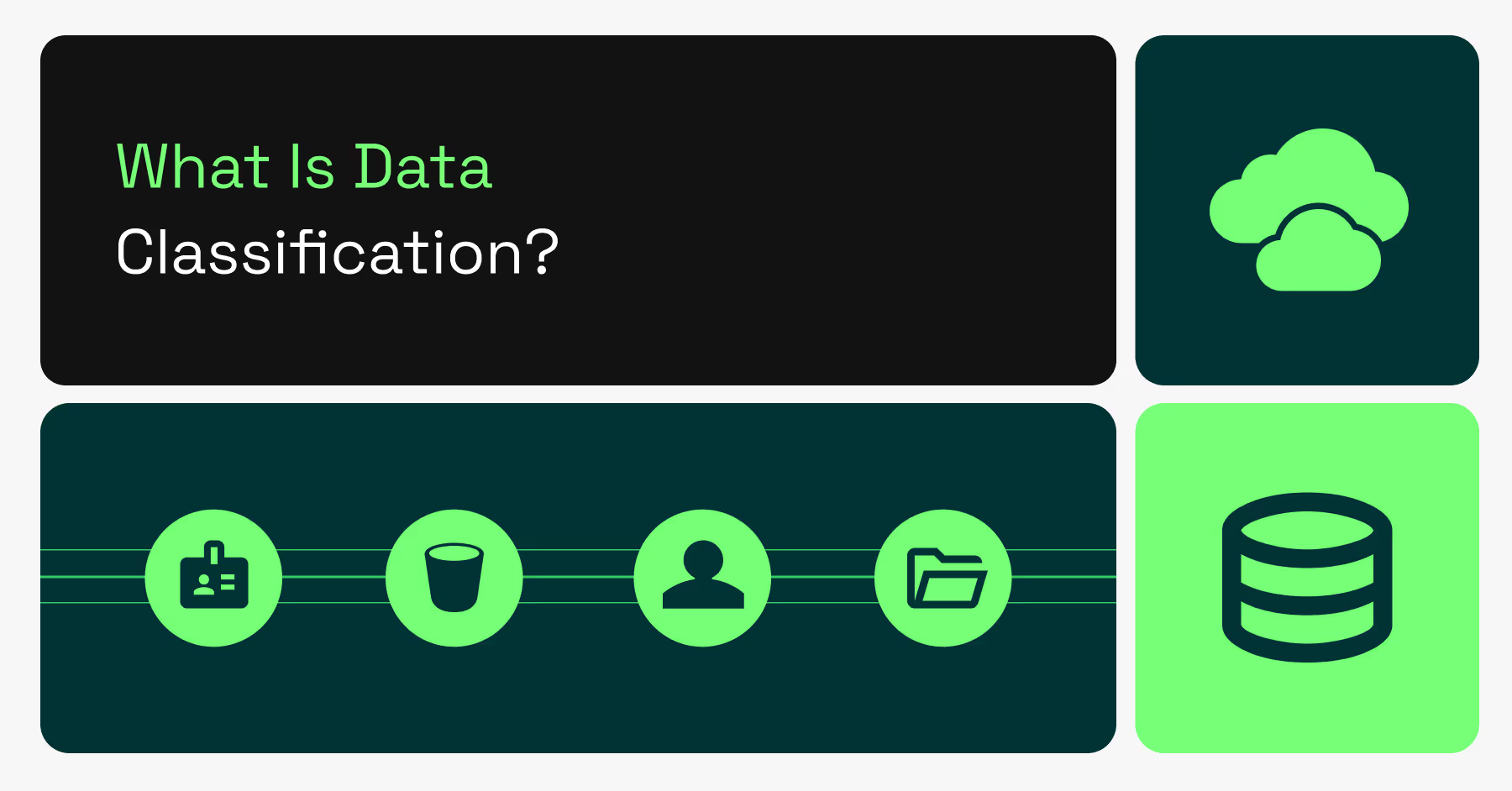What are the Four Levels of Data Classification?

Data classification is an integral part of data security and compliance strategies within organizations. It categorizes data based on sensitivity and the impact of its exposure, helping to effectively manage risks and regulatory obligations.
Data classification organizes data into categories that align with the company’s data security policies and compliance requirements. This segmentation is crucial for protecting sensitive information and optimizing resource allocation for data protection.
Detailed Overview of the Four Levels of Data Classification
1. Public
Public data is information that has no potential for causing harm if externally disclosed. This data is typically accessible by anyone inside or outside the organization and does not require encryption or special handling.
Examples:
- Press releases
- Publicly available financial data
- Marketing materials
Security Measures: Public data may not need stringent security measures but still requires basic data integrity practices to ensure accuracy and prevent unauthorized modifications.
2. Internal Only
Internal data is information that is meant for internal use and not for public disclosure, although its release is unlikely to result in significant harm. This level is used to control access within the organization and avoid information leakage that could potentially benefit competitors.
Examples:
- Internal policies and procedures
- Training materials
- Internal event details
Security Measures: Access controls and user authentication are commonly applied to protect this type of data, ensuring that only employees can access the information.
3. Confidential
Confidential data includes sensitive information that could cause harm to the organization or its customers if disclosed. This level requires stringent security controls to prevent data breaches and maintain trust.
Examples:
- Personal information of employees and customers
- Financial records
- Legal documents
Security Measures: Encryption, strict access controls, and audit trails are essential for protecting confidential data. Breaches of confidential data can lead to financial losses, legal penalties, and reputational damage.
4. Restricted
Restricted data comprises the most sensitive information, requiring the highest level of security due to the severe impact its exposure could have. This data often affects the safety and financial stability of the organization and its stakeholders.
Examples:
- Trade secrets
- Classified project information
- Sensitive government and military documents
Security Measures: Restricted data often necessitates end-to-end encryption, both at rest and in transit. Additional measures include multi-factor authentication, strict access policies, and detailed monitoring to detect and respond to potential security incidents rapidly.
Implementing and Managing Data Classification
Implementing data classification effectively requires an understanding of data flows within an organization and the potential risks associated with each type of data. Organizations must regularly review and update their classification criteria to address new data types and evolving threats.
Role of AI in Enhancing Data Classification
Advanced AI technologies play a critical role in modern data classification systems. They improve the accuracy and efficiency of data categorization through automated analysis that detects sensitive elements across vast datasets.
Benefits:
- Scalability: AI can handle large volumes of data and complex classification tasks more efficiently than manual processes.
- Precision: Machine learning algorithms learn from data patterns and improve over time, reducing errors in classification.
- Contextual Analysis: AI models understand the context around data, enhancing their ability to classify data correctly based on its actual content and usage.
Conclusion
Effective data classification is crucial for safeguarding sensitive information and ensuring compliance with global regulatory frameworks. By thoroughly understanding and implementing the four levels of data classification, organizations can protect their critical assets and mitigate potential risks.
Explore our advanced data classification solutions to see how AI can streamline and secure your data management practices, or schedule a personalized demo today.
Gain full visibility
with our Data Risk Assessment.






.avif)


